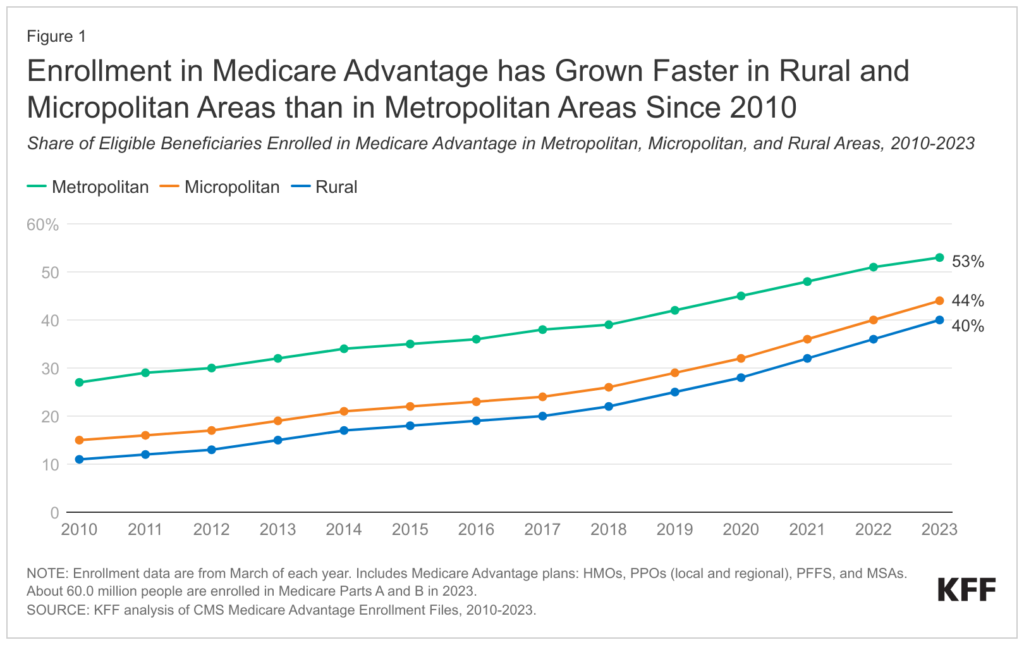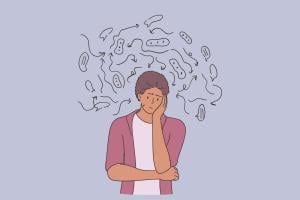
This blog was written by Dr. Zuzanna Zajkowska, a postdoctoral researcher at the Institute of Psychiatry, Psychology and Neuroscience, King’s College London, and deputy editor of InSPire the Mind.
A few years ago, a group of scientists from different parts of the world met and discovered that they shared the same aspiration: they wanted to understand what made some adolescents more likely to develop depression than others, and whether it was possible to identify those at risk and help them. before they get depressed. They also agreed that it was important to understand this in the context of low- and middle-income countries (LMICs). because 90% of the adolescent population worldwide lives in low and middle income countries, what is much! In fact, the term vast majority would be an understatement. And yet, most of the research comes from high-income countries (HICs).
With that in mind the IDEA project was born. What represents Yoidentifying depression myearly in TOadolescence and I was lucky to be part of it from the beginning.
I am a postdoctoral researcher at the Institute of Psychiatry, Psychology and Neuroscience at King’s College London and have spent the last decade trying to understand the biological and environmental risk factors for depression in different populations.
Supported by MQ Mental Health Research, the IDEA project began in 2018 and involved five countries: Brazil, the United States, the United Kingdom, Nepal and Nigeria. It had (and still has) several sub-projects investigating the topic from different angles, but for the purposes of this blog, I will talk about the aspects of the project in which I was directly involved. systematic review and meta-analysis – that is, review and analyze the existing scientific literature on the topic, as well as investigate how biological markers, specifically increased inflammation, were associated with the risk and presence of depression in a newly recruited group of adolescent participants in Brazil .
What we know so far
From studies in adults, we know that chronically higher levels of the stress hormone – cortisoland chronic low grade inflammation are related to depression. We also know that the prolonged and severe experience of childhood trauma increases the likelihood of developing depression in the future. However, studies in adolescents are less common. Taking into account that 1 in 4 adolescents worldwide suffer from depressionWe thought it was a good idea to better understand the risk factors for depression in that period of life.
So, we analyzed all the studies published worldwide so far on the topic (systematic review), where we focused on how early life experiences interact with biological changes that lead to depression. First, we found that there were very few studies conducted in low- and middle-income countries, which confirmed that more research was needed in low- and middle-income settings. We also found that increased inflammation in the body and some changes in brain function, such as lower activity in response to reward and changes in limbic system – the region responsible for emotional activation – were associated with depression in adolescents mainly in the context of stress in the first years of life. We publish our results in the Journal of Psychiatric Researchand in a Blog as part of Inspire the Mind (ITM).
Since most studies looking at biological changes in depression included cortisol, we had enough studies to analyze these results in more detail and perform a meta-analysis. Our results showed that adolescents who developed depression had higher levels of morning cortisol before becoming ill, compared to those who did not develop depression. Interestingly, we saw no differences in cortisol levels between adolescents who were already depressed and those who were not, suggesting that higher cortisol might be more of a marker of future depression than current one. We publish our results in Psychoneuroendocrinologyand as a blog ITM Yo
The results of the systematic review and meta-analysis gave us an idea and overview of what was available and informed us where to go next.
Sex-specific inflammatory causes of depression: results of our study
As Aristotle once said, “The whole is greater than the sum of its parts.”, perfectly describing one of the main concepts behind the IDEA project, which was not just to look at risk factors for depression but to look at them together. We know from other fields of medicine that only when we combine multiple factors can we increase the accuracy of identifying people at risk and, in our case, adolescents at highest risk for depression.
And so, as part of the IDEA project we developed a composite risk score based on 11 different sociodemographic factors, including early life stress, child abuse and neglect, relationship with parents, and drug use, to name a few.
Using this composite risk score, we recruited adolescents in Brazil to participate in our study. The idea was to see if inflammation in the body, measured by proteins in the blood called cytokines, was associated with the risk and presence of depression. We ended up with 150 teens in total, 50 were at low risk for depression, 50 were at high risk for depression, and 50 were currently depressed.
We found that the cytokines associated with depression in adolescence were sex-specific. Children at low risk for depression had lower levels of a cytokine called interleukin (IL)-2 compared to those who were currently depressed. In contrast, girls who had more severe depressive symptoms had higher levels of IL-6, but not IL-2. We publish our results in the journal of affective disorders.
So what do these recent results tell us?
Both IL-2 and IL-6 are produced when there is inflammation, although they also differ in what they do. IL-2 It is mainly responsible for activating cells that fight pathogens, such as viruses or cancer cells, that is, increasing immune activity, and has been commonly used in immunotherapy to treat diseases such as cancer. IL-6 On the other hand, it has a broader range of functions and is produced by a variety of cells. It regulates the immune response, including acute infections, and when excessive, is associated with inflammatory conditions including autoimmune disorders.
So how does this relate to our results? The short answer is that we don’t know yet. However, we now know that it is important to take sex differences into account when looking at the biological mechanisms underlying the development of depression, to find the best personalized prevention and treatment plans and achieve equity in the treatment of people with this condition. . And of course, we must also remember that so far these findings are only for adolescents in Brazil.
But what about the main question: can we predict and prevent the development of depression based on inflammatory markers? We just finished analyzing the data to answer this question and will share it with you in a future article, so stay tuned because there is more to come.







